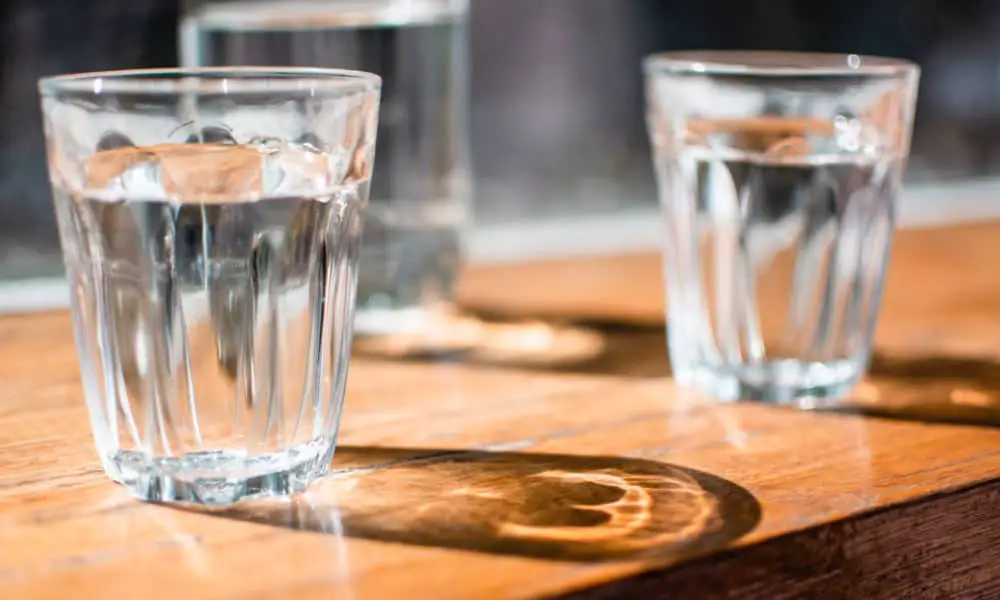The term potable water refers to water that is safe to drink. Unfortunately, not all water is safe for humans to drink. That is because much of it contains contaminants that can be harmful to us.
When you go camping or for a hike, you may want to have some methods to make the water you come across potable for you to drink. Or, perhaps you are concerned about the water in your home and making it as healthy as possible for your family.
Either way, we have some tips for you on how to make water potable and safe to drink.
1. Boiling
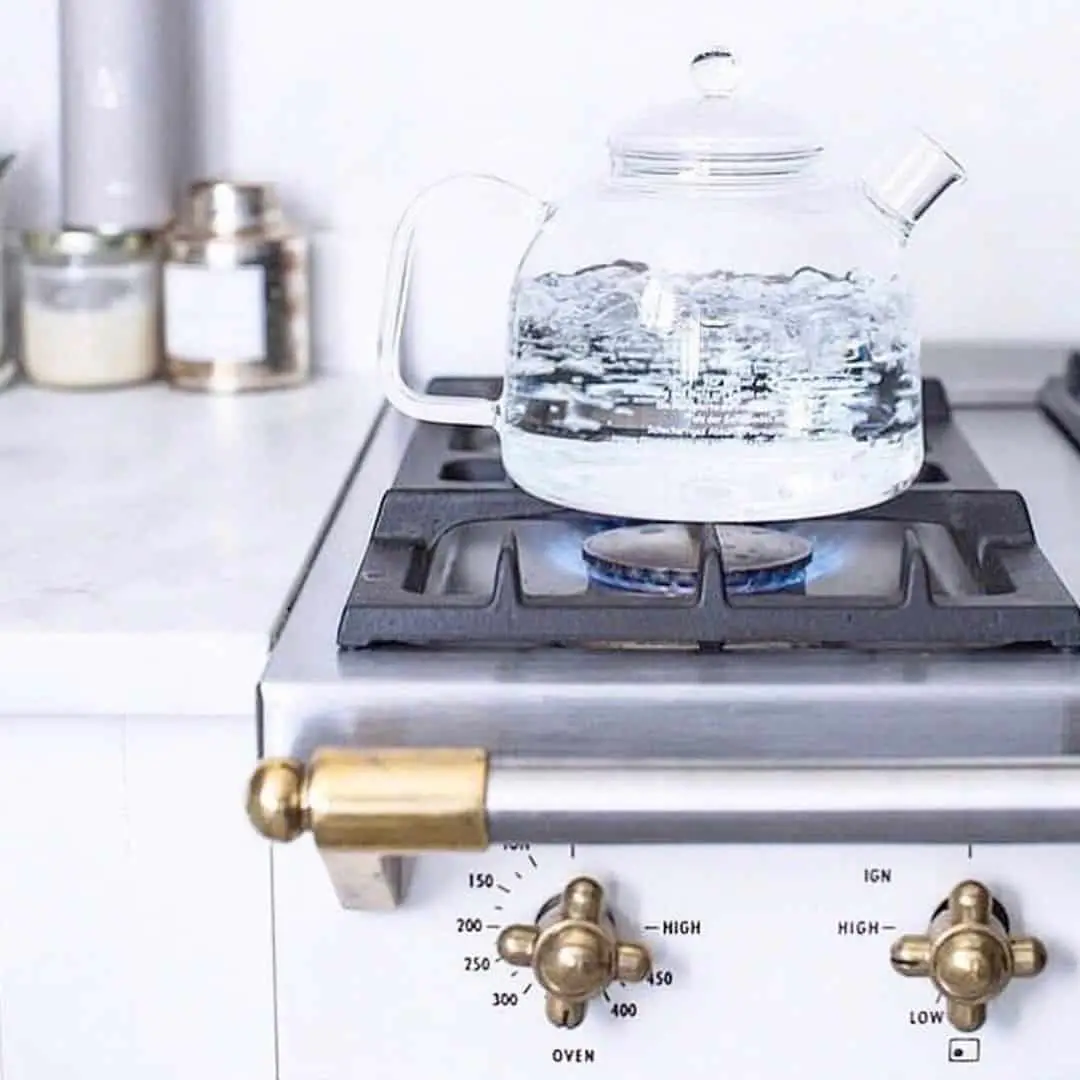
You can boil water to make it drinkable. This can be done in a kettle or in a pot on the stove. Either way, you will clearly have to wait for the water to cool down again before you can drink it.
If you are doing this often, it is best if you boil a lot of water at once. Then, you will have more than enough water to last you a while. You can boil more before you need it and then it will have time to cool.
Boiling water can remove viruses, pathogenic bacteria, and protozoa. The water must be at a rolling boil for a minute or more to sufficiently kill these and make it safe for you.
2. Iodine
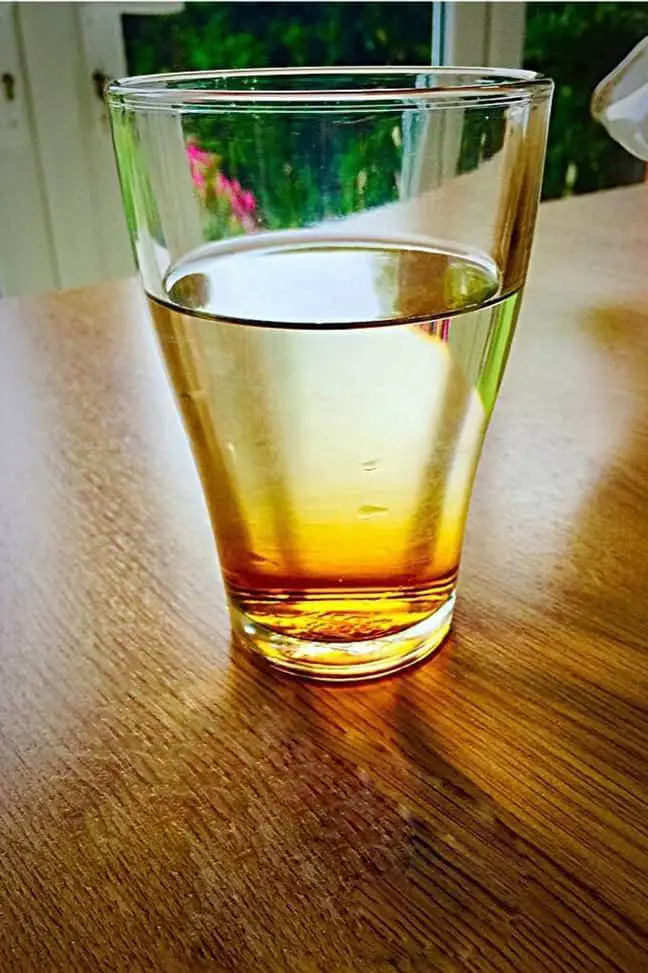
You can purchase an iodine solution, crystals, or tablets to add to your water. This can kill bacteria lurking in it as well as some types of viruses. This method is convenient because you can take the tablets with you anywhere.
If you go on a long walk, for example, you could take some just in case you run out of water. Then you can add them to stream water and be assured that it is safe for you to drink.
3. Chlorine Drops
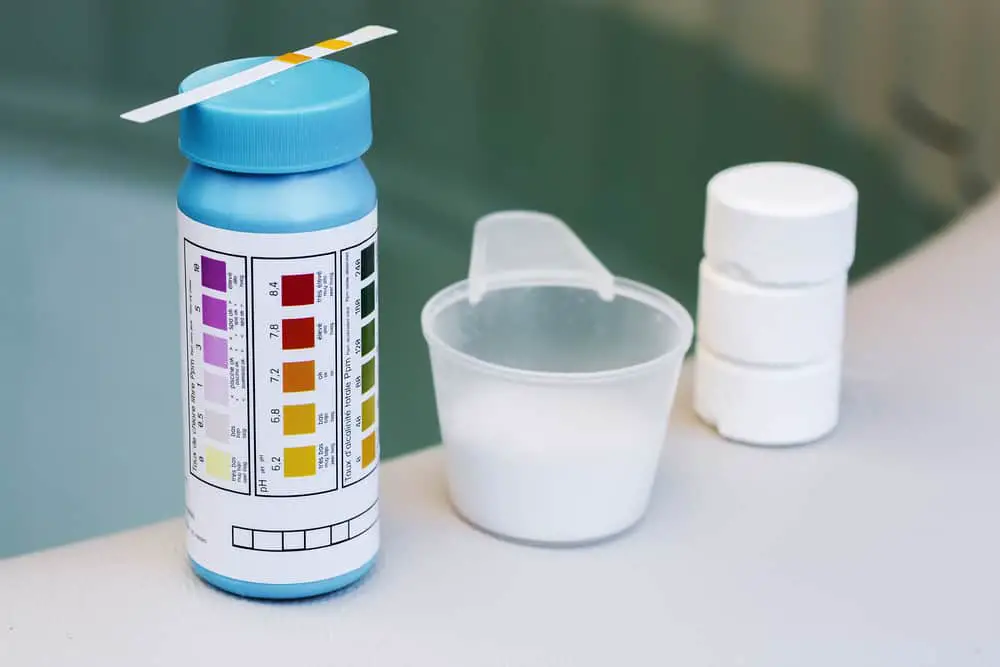
Despite the fact that a lot of people spend their time trying to remove chlorine from water, you can choose to add chlorine to it. Why? Chlorine can kill bacteria. It is also a cost-effective and convenient option for many people.
Ensure that you wait half an hour after treating the water before you drink it. This gives time for the chlorine to take effect and kill the bacteria.
4. UV Light

UV light does not only come from the sun. You can purchase UV light filters to clean your water. The ultraviolet rays these provide attack any microbes in the water. This can stop E. coli and giardia reproducing, rendering them harmless.
It can also kill many bacteria and viruses loitering in water. That is all achieved without using any chemicals. This is one of the reasons why more and more people are buying UV light filtering systems.
You can purchase this not only as a water filter for your home, but there are portable options too. One such option is called a Steripen, which looks much like a large thermometer.
It is a wonderful on the go method of water filtering. Simply stick it into your water, push the power button, and stir for 1 minute or more. This will effectively kill the bacteria and now you have potable water to drink.
5. Bleach
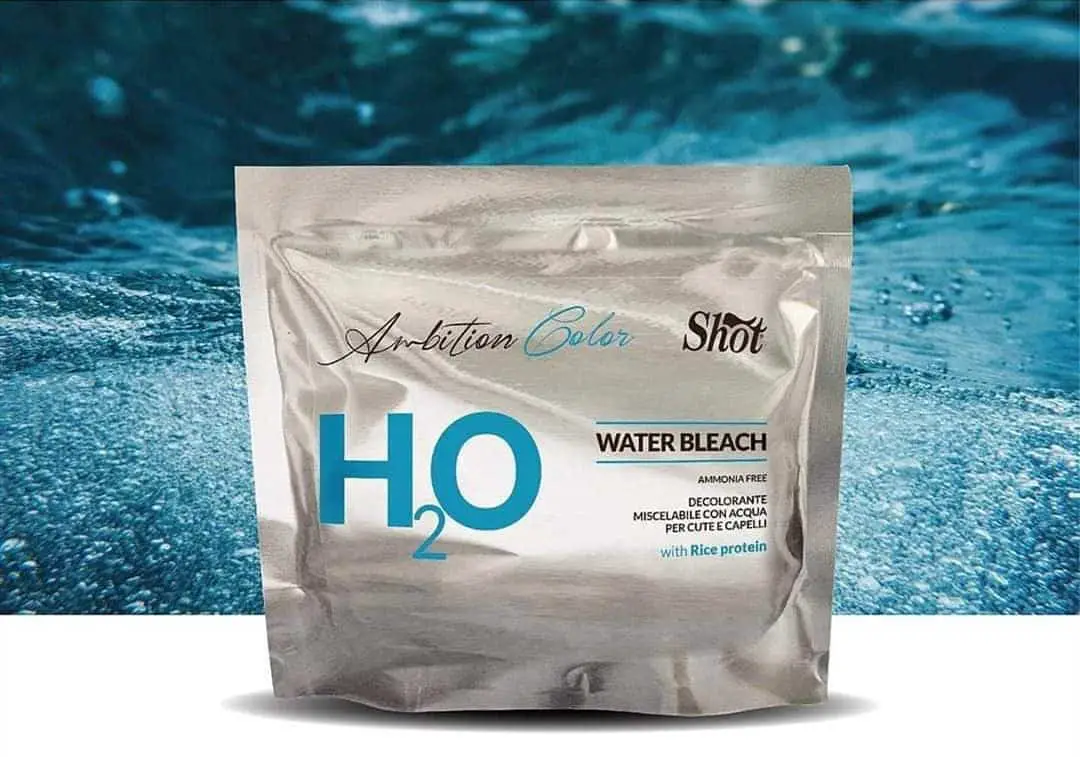
In an emergency situation, the EPA recommends filtering your water with a little bleach. Do not use this in a regular situation, such as your home drinking water.
If you need to though, you can add 2 drops of bleach to a quart of water. This will disinfect the water, making it safe for you to consume.
6. Activated Carbon purification filter
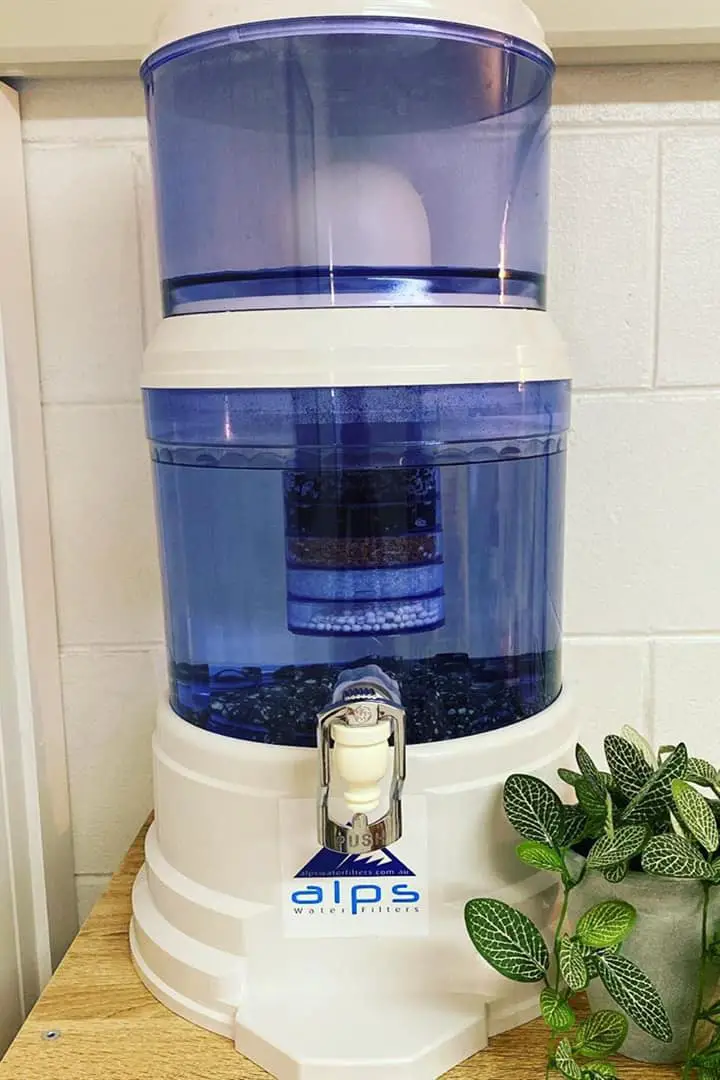
Activated carbon purification filters are designed specially to filter your water, making it safe to drink. This is a great way of filtering all the water for your home if you need to. Activated carbon is the most popular water filter choice.
It is made from natural products that contain a lot of carbon. These can include wood, coal, or even coconut shells. They are heating with a method that chars the product instead of burning it. The char created is then treated and is then used as activated carbon.
Activated carbon has a highly porous surface, making it great at adsorption. It can remove sediment, chlorine, and nasty tastes and odors. It is not so great for getting rid of salts or minerals from the water.
Carbon has seen a recent downturn in popularity due to the consequences coal has on the environment. Not all activated carbon is produced with coal, though. It can come from wood or coconut shells too. This has much less environmental impact than using coal.
7. Reverse Osmosis System
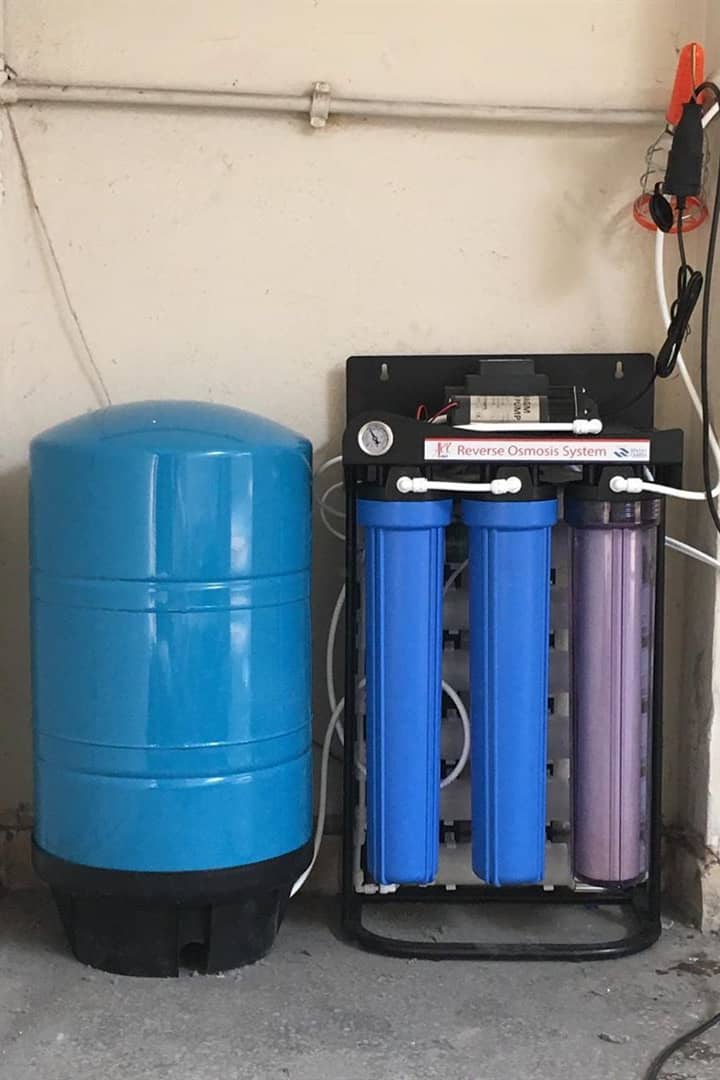
Using a reverse osmosis system removes many impurities from water. These systems make use of a reverse osmosis membrane. This is a semi-permeable membrane that tap water gets pushed through in order to purify it.
It can remove a large percentage of contaminants from the water it filters. It can remove bacteria, heavy metals, and even asbestos. These compounds get trapped in the filter and the water coming out of the other side is fresh and clean.
This type of system is commonly used in under sink filters or whole house systems. That means that you can freely drink the tap water in your home without worrying about bacteria.
8. Water Distillation
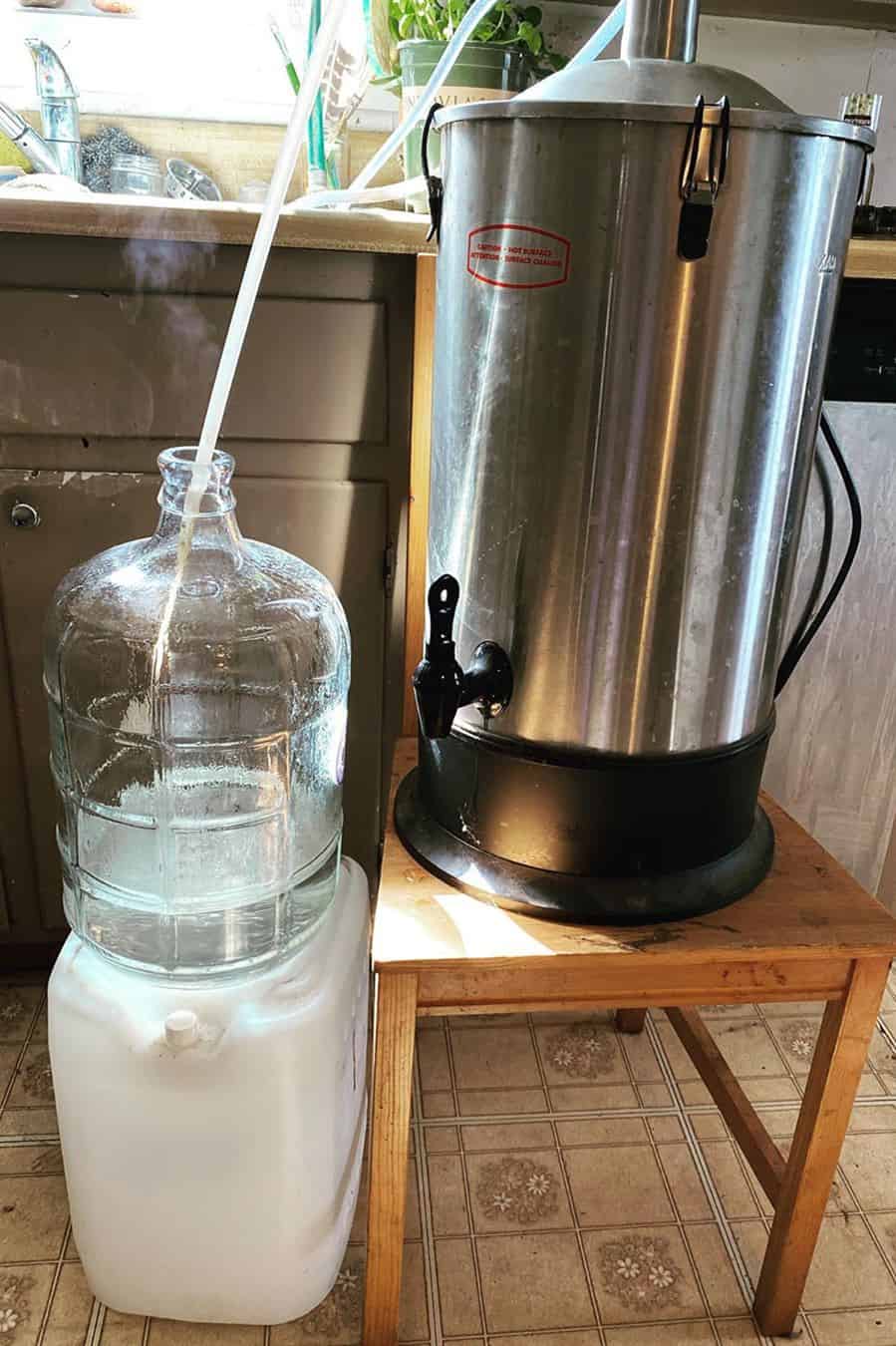
Water distillation uses evaporated steam as drinking water. It is a fantastic way of removing pollutants from water, which is why so many people use this method. You can either do it yourself or purchase a water distillation system which does the hard work for you.
To clean your water by distilling it requires boiling water. When water boils, this creates steam. The steam leaves behind contaminants in the water and is perfectly safe to drink. But not as steam, of course. It is then collected and when it cools down it returns to water form – potable water.
This method can also remove salt and minerals from the water.
9. Kinetic Degradation Fluxion
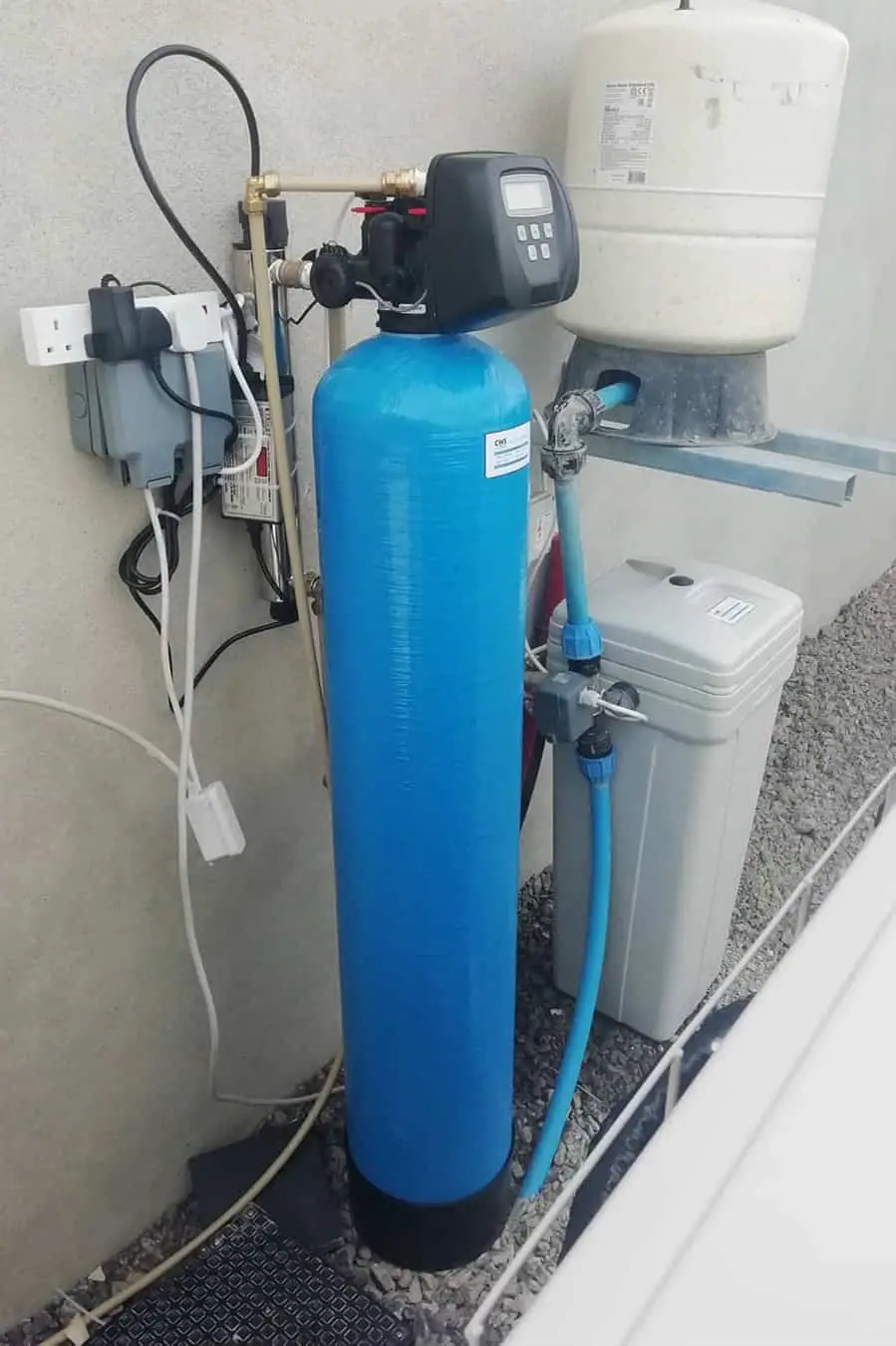
Kinetic degradation fluxion is also referred to as KDF. This is a type of filter which houses copper and zinc. It does not usually contain chemicals.
It is generally used to get rid of chlorine, hydrogen sulfide, and iron in the water. It can also reduce bacteria, scale, and algae in the water.
Many people choose this option because it lasts for a long time and is very cost-effective. You will find many water filtration systems on the market which use KDF.
Some use both KDF and carbon filters. That is because carbon can filter chloramine while KDF extends the life of a carbon filter. This means they work well in harmony with each other.
10. Survival Straws
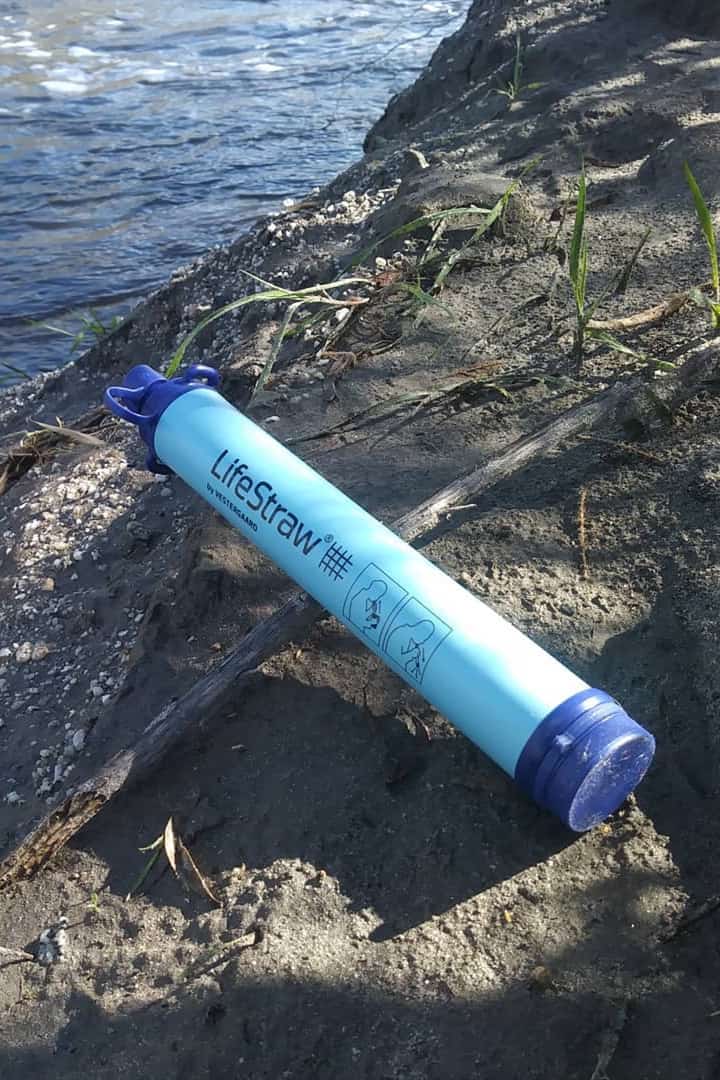
If you are out in the middle of nowhere, it is a good idea to bring survival straws with you. Avid hunters, hikers, and outdoor enthusiasts often use these to filter drinking water in a pinch.
They are extremely useful because they are so light to carry so you can add them to your pack without adding weight. On the other hand, bringing along a pot for boiling water is very heavy.
These usually make water taste and smell better, as well as cleaning it.
11. Pump Action Filters
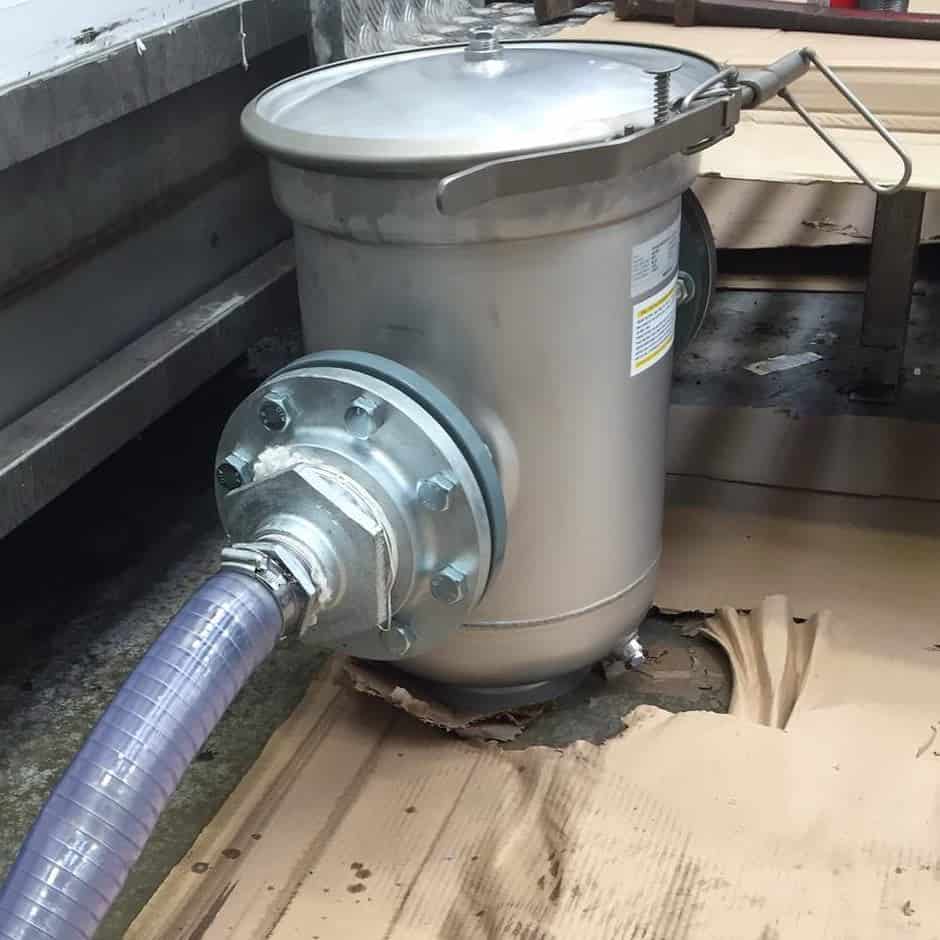
Pump action filters are another choice for filtering water on the go. They have the potential to remove protozoa, bacteria, particulate, and viruses. Most widely used in the outdoors, many have a hose that you insert into the water. Then, you pump to draw the water into the product.
This forces the water through a filter that can purify it. A drawback of these types of filters is that it can be time-consuming to use. It can take a few minutes to pump a liter of water until it is clean.
However, they are highly portable and easy to take with you on a walk or when you are outside without access to water.
12. Gravity Filter
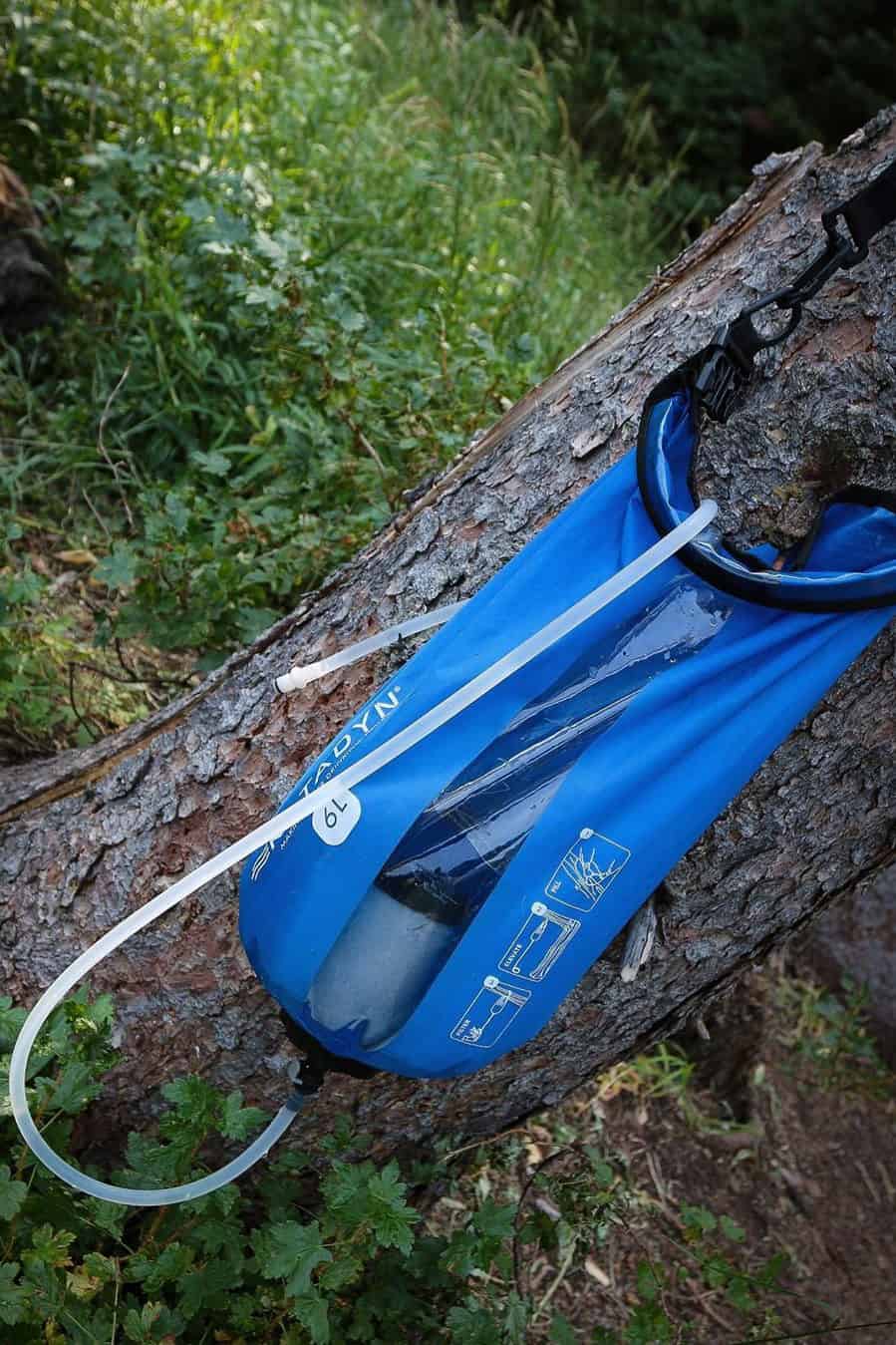
Gravity filters function by using gravity to push the water through a filtering system. Generally, you pour water into the top of the gravity filter. It slowly trickles down as it drops through the filtering system. It only takes a few minutes, depending on which brand you go for, to filter the water.
You can buy these systems as portable bags to take camping or get much larger systems which are good for using in your home. Which kind you buy will depend on where you plan on using it and how many people it needs to serve.
Summary
Keep a few factors in mind when assessing the above options for your personal use. How many people will be drinking the water? This will affect how much water you need to be filtered. Also, think about whether you are happy to use a chemical method or would rather use a natural filtering style.
Another consideration is whether it needs to be portable for you to take camping and on long walks. We recommend that you have one for use in your home and one portable one that you can bring with you anywhere.
